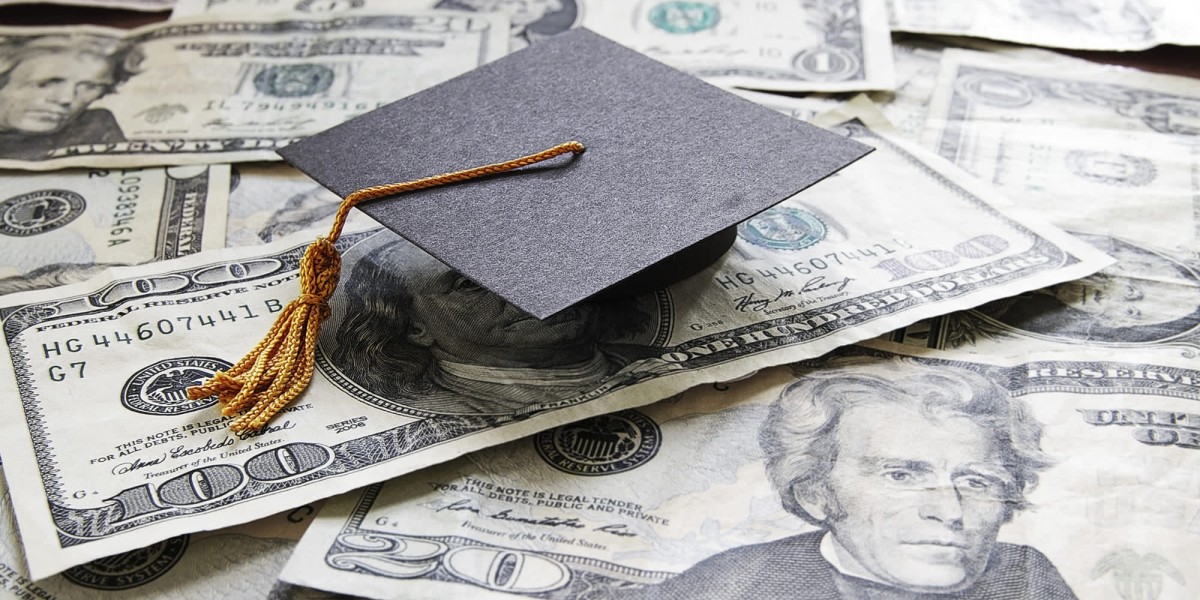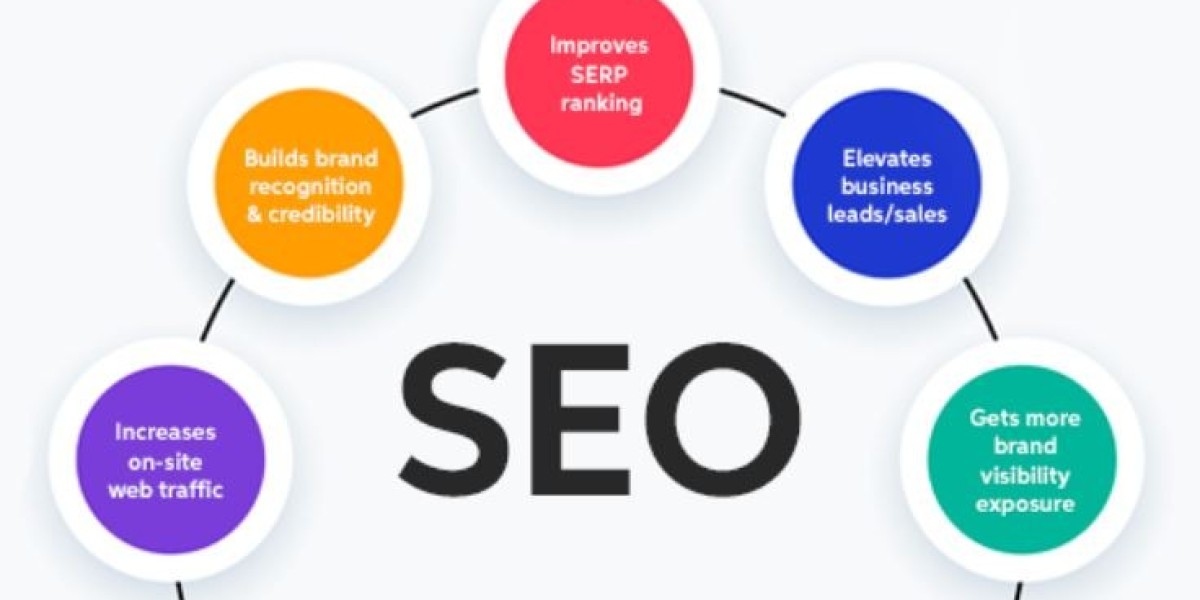Introduction
Student loans in the USA are a cornerstone of higher education financing, enabling millions of students to pursue college and career training. However, understanding the complexities of federal and private student loans, the application process, repayment options, and the broader impact on individuals and society is essential for informed borrowing. This guide aims to inform readers about the full landscape of USA student loans, highlight key considerations, and integrate the work of charities and organizations dedicated to alleviating student debt.
Types of Student Loans in the USA
Federal Student Loans
Federal student loans are the most common and accessible form of educational financing, administered by the U.S. Department of Education. Millions of students rely on these loans annually.
Direct Subsidized Loans
- Eligibility: Undergraduate students with demonstrated financial need.
- Interest: The government pays interest while youre in school and during deferment periods.
- Borrowing Limits:Up to $12,500 per year for undergraduates.
- Repayment: Begins six months after graduation or dropping below half-time enrollment.
Direct Unsubsidized Loans
- Eligibility: Available to both undergraduate and graduate students; no financial need requirement.
- Interest: Accrues from the time the loan is disbursed.
- Borrowing Limits: Up to $12,500 per year for undergraduates; $20,500 for graduates.
- Repayment: Begins six months after graduation, but interest accumulates during school.
Direct PLUS Loans
- Eligibility: Graduate/professional students and parents of dependent undergraduates.
- Interest: Higher rates than subsidized/unsubsidized loans.
- Borrowing Limits: Up to the full cost of attendance, minus other aid.
- Repayment: Responsibility falls on the borrower (student or parent).
Direct Consolidation Loans
- Purpose: Combine multiple federal loans into a single loan with a fixed interest rate.
- Benefits: Simplifies repayment; may extend the repayment period.
Private Student Loans
- Providers: Banks, credit unions, and private lenders.
- Eligibility: Based on creditworthiness and income.
- Interest Rates: Vary widely (typically 4%18%).
- Repayment Terms: 5 to 25 years; less flexible than federal loans.
- Best For: Students who have maxed out federal aid or need additional funds.
How to Apply for Student Loans
Federal Student Loans
- Complete the FAFSA: The Free Application for Federal Student Aid (FAFSA) is the gateway to federal loans and most financial aid. It assesses your financial need and determines eligibility for various aid programs.
- Review Financial Aid Offers: Schools send aid offers based on FAFSA results, including eligible loan amounts.
- Accept and Sign Loan Agreements: Borrowers must sign a Master Promissory Note and complete entrance counseling.
Private Student Loans
- Application: Apply directly with a lender. Requires credit check and, often, a co-signer.
- Approval: Based on credit history, income, and school enrollment status.
Repayment Plans and Forgiveness Options
Federal Loan Repayment Plans
Plan Name | Description | Term |
Standard Repayment | Fixed monthly payments | Up to 10 yrs |
Extended Repayment | Lower monthly payments, longer term | 1230 yrs |
Graduated Repayment | Payments start low, increase every two years | 1230 yrs |
Income-Contingent | Payments based on income and debt; balance forgiven after 25 years (taxable) | Up to 25 yrs |
Income-Based Repayment | Caps payments at a percentage of discretionary income | Varies |
Income-Sensitive | Payments tied to gross monthly income (FFELP loans only) | 10 yrs |
- Loan Forgiveness: Certain programs forgive remaining balances after 1025 years of qualifying payments, especially for public service workers.
Private Loan Repayment
- Terms: Vary by lender; generally less flexible than federal loans.
- Options: Some lenders offer deferment or forbearance, but options are limited.
The Impact of Student Loan Debt
Student loan debt in the USA has reached crisis levels, with millions struggling to repay their loans. Before the COVID-19 payment pause, about one million borrowers defaulted annually, and many more faced financial hardship.
Key Issues
- Rising Costs: Tuition and living costs have outpaced inflation, increasing reliance on loans.
- Default Risk: High default rates, especially among those who do not complete degrees.
- Economic Impact: Student debt delays homeownership, savings, and charitable giving. A significant percentage of students who do not donate to charity cite student loan burdens as the primary reason.
- Inequity: Loan eligibility is not always means-tested, and there are few safeguards against borrowing for low-value programs.
Charities and Organizations Supporting Borrowers
Nonprofits and Assistance Programs
- Student Debt Crisis Center (SDCC): Advocates for borrower rights, debt relief, and policy change. Engages in education, outreach, and legislative advocacy. Donations support their mission to end the student debt crisis.
- Education Debt Consumer Assistance Program (EDCAP): Offers free, unbiased, one-on-one assistance to borrowers, helping with repayment strategies, loan forgiveness, and financial planning.
- American Consumer Credit Counseling (ACCC): Provides help with loan consolidation, cancellation, and repayment plan selection.
- The Institute of Student Loan Advisors (TISLA): Specializes in loan forgiveness, default resolution, and servicer disputes.
- National Foundation for Credit Counseling (NFCC): Offers debt payoff plans and counseling.
Charitable Initiatives
- Rolling Jubilee: Buys and cancels distressed student debt, freeing borrowers from repayment obligations. They have canceled millions in student debt for thousands of people.
- Shared Harvest Fund: Previously rewarded volunteers with student loan repayment assistance, now focusing on healthcare professionals.
- Bold.org Grants: Offers grants and scholarships specifically to help pay off student loans.
- Celebrity Foundations: Various celebrity-backed foundations provide scholarships and support for students from disadvantaged backgrounds.
How to Support
- Donate: Many organizations rely on individual donations to fund advocacy, debt relief, and borrower support.
- Volunteer: Some programs, like Shared Harvest, offer opportunities for professionals to give back while earning loan repayment assistance.
- Advocate: Engage with nonprofits to support policy change and raise awareness about student debt issues.
Conclusion
Navigating the world of USA student loans requires careful research, planning, and an understanding of all available options. Federal and private loans each have distinct features, and repayment can be managed through a variety of plans tailored to individual circumstances. The burden of student debt is significant, affecting not only borrowers financial futures but also their ability to give back to their communities. Fortunately, a robust network of charities and organizations exists to support those struggling with student loans, offering everything from counseling to direct debt relief.
If you or someone you know is facing challenges with student loans, consider reaching out to organizations such as the Student Debt Crisis Center, EDCAP, or Rolling Jubilee. Your support, whether through donations, volunteering, or advocacy, can help alleviate the student debt crisis and empower more students to achieve their educational and life goals.








